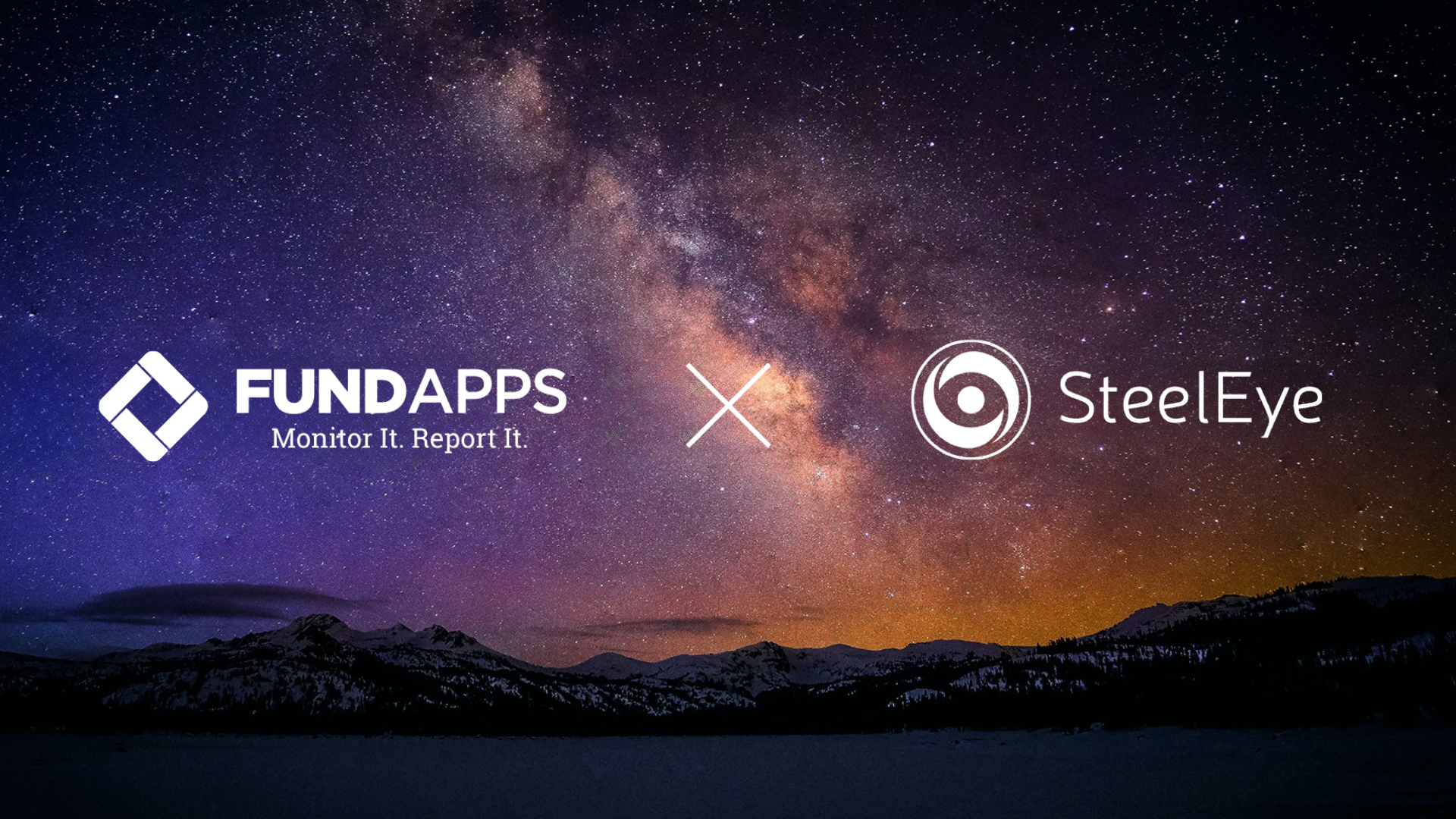
Regulatory reporting under the EU’s second Markets in Financial Instruments Directive (MiFID II) recently celebrated its third birthday, alongside many other requirements. In light of how technology and the market has changed since the directive’s implementation in 2018, now is a good time for firms to re-evaluate their strategic approach to MiFIR reporting.
While transaction reporting quality has been a longstanding issue since the directive’s implementation, technology has evolved significantly over the past three years. There have also been a range of other factors impacting the marketplace for regulatory reporting, which makes this an ideal time for firms to assess their options. In this article we look at the market trends firms should be aware of in order to evaluate whether their existing MiFIR reporting set up is a good fit for their business.
Price increases
For a while now, regulatory reporting license costs have been kept at artificially low levels because of the fragmentation in the marketplace. As service providers shut or merge, others will begin to increase their prices. This is already beginning to happen. But while some increase in license fees is justifiable and necessary for improving the quality of the services available, some vendors are doubling, tripling, or quadrupling their prices – which seems excessive.
In many cases, the firms that were attracted by initial first year discounts have found that they are subject to severe price increases in subsequent years. To get around this, firms should consider the true cost of ownership over the lifetime of a contract, including data access and export fees. For those firms that feel “stuck” or like their vendors are taking them for a ride, remember that there are many options available in the market.
Exit barriers and data access fees
Some vendors – including those who are acting as Approved Reporting Mechanisms (ARMs) under the regulatory framework of MiFID II – make it difficult for clients to access their data, or charge fees for doing so. Some vendors are also charging significant sums for firms to take their data with them if they decide to leave the relationship. This simply seems wrong.
Surely if a firm is operating as a regulated ARM, they should not make it difficult for clients to access their own data. They have a responsibility to the market to be fair in the service they provide. Again, firms should examine their contracts to discover what the true cost of ownership is for a particular vendor relationship.
A changing landscape
Last year we began to see consolidation of the regulatory reporting marketplace, with both CME/NEX Abide and Deutsche Börse announcing that they were shutting their doors. SteelEye predicted that 2021 would bring further consolidation, and it already has with the acquisition of Cappitech by IHS Markit in January. The regulatory reporting sector remains highly fragmented, and so we expect more closures and mergers in 2021. Firms should consider what the impact of the closure or merger of their regulatory reporting service provider could have on their operational resilience.
The other thing firms should consider is the potential of further divergence between ESMA and FCA in the long-term now that the UK has left the European union. It is therefore important that firms partner with a vendor that actively scans the horizon, helps interpret change and adjusts accordingly.
EVOLVING ROLE OF regulatory reporting data
In the lead up to January 2018, many financial services firms scrambled to meet the compliance deadline for MiFID II and consequently did not consider the long-term fit of the regulatory reporting solutions they selected to meet basic obligations. In the rush, strategic thinking about how firms were capturing, normalising and using their data to drive decision-making either did not take place, or was put on the back burner. Now, firms should begin to think more strategically about how they can leverage the wealth of data they are generating through their MiFIR transaction reporting to deliver business value. Then, they should consider how well their current vendor relationships support these new goals.
Firms should consider partnering with a technology provider who can deliver a data-centric regulatory reporting platform, so that firms can easily leverage their own information to create new business insights.
Joao Seridio
Regulatory Reporting Product Manager at SteelEye

SteelEye’s data-centric reporting platform makes it easy for financial firms to not only meet their obligations, but also leverage their data for enhanced insight – with no hidden charges or data export fees.
The platform is integrated with UnaVista’s Approved Reporting Mechanism. Combined, this delivers a best-in-class reporting solution that offers easy migration for new clients.
Book a Demo with SteelEye
Further reading:

DEAL OR NO-DEAL:
MIFIR REPORTING POST-BREXIT IS BECOMING CLEARER
READ ARTICLE











